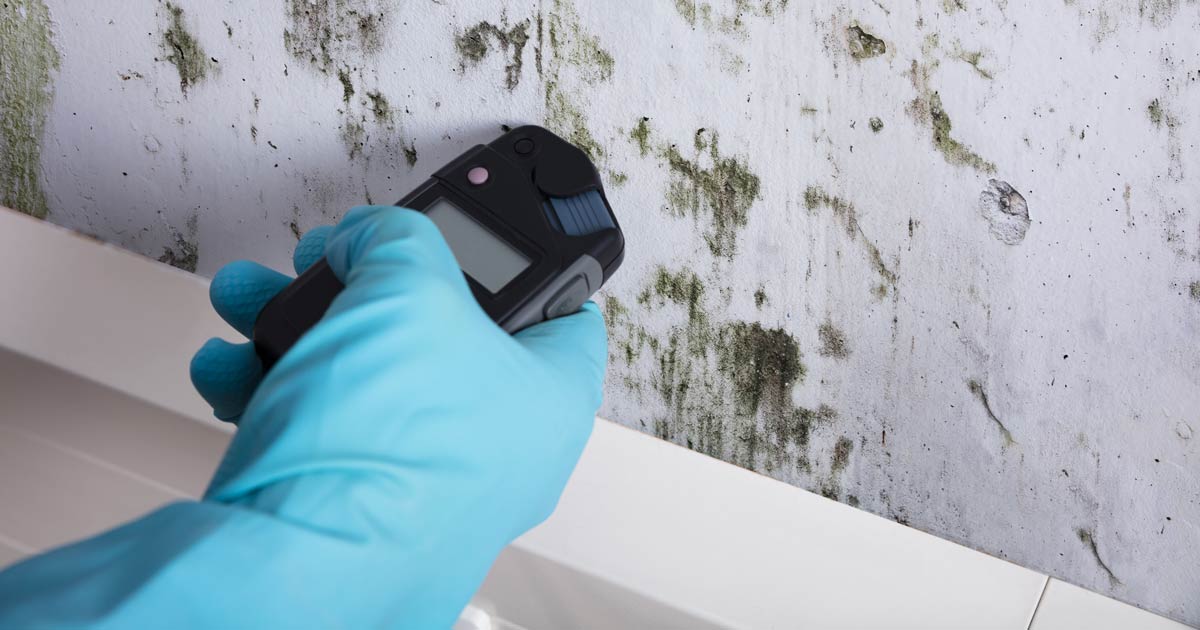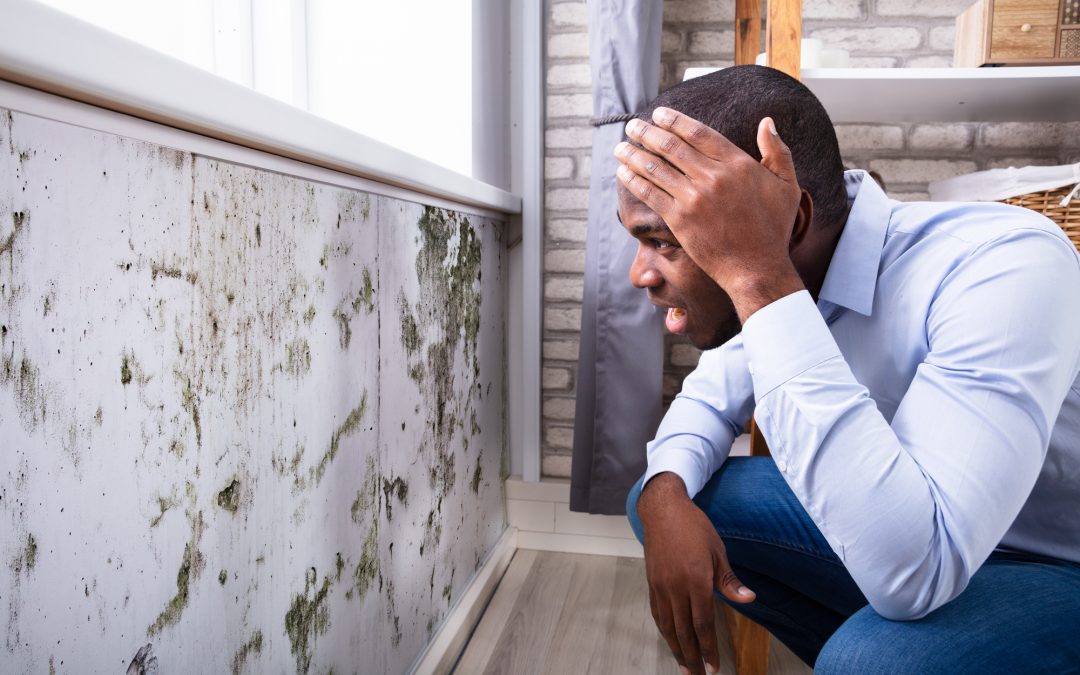After Mold Remediation Strategies for Clean Rooms
Effective Article Mold And Mildew Remediation Solutions for Your Home
Mold development in homes can be a persistent problem, often calling for a systematic approach for efficient post-remediation options. From understanding the elements that add to mold and mildew advancement to implementing proper cleansing strategies and wetness control actions, the process can be detailed yet vital for preserving a healthy living environment. Post Mold Remediation.
Understanding Mold Development Aspects
The main aspect adding to mold growth is moisture. Mold spores need moisture to grow and germinate, making moist or damp environments very at risk to mold invasions.

Additionally, air flow and light direct exposure can affect mold growth. Locations that do not have appropriate ventilation and all-natural light are a lot more prone to mold growth. By addressing these aspects comprehensively, individuals can successfully minimize mold and mildew development and guard their living environments.
Appropriate Mold Cleansing Methods
Utilizing effective cleaning techniques is important in avoiding the recurrence and addressing of mold and mildew contamination in interior settings. The first step in proper mold cleansing is to have the affected area to avoid the spread of spores to uncontaminated locations.

Executing Wetness Control Procedures
To properly avoid mold growth and contamination in indoor environments, applying wetness control measures is extremely important. Moisture is the primary variable that gas mold and mildew development, making it essential to handle humidity degrees within the home. One effective action is to utilize dehumidifiers to preserve indoor moisture levels below 60%. Furthermore, making sure appropriate ventilation in areas prone to moisture buildup, such as shower rooms and kitchens, can help decrease the risk of mold growth. Consistently examining and repairing any kind of leakages in plumbing, roofings, or windows is likewise essential in stopping excess moisture buildup. Using exhaust fans while cooking or showering, and permitting air circulation by keeping furniture somewhat far from walls can help in dampness control. In addition, utilizing moisture-resistant materials in high-humidity areas, such as mold-resistant drywall and paints, can be useful. By carefully executing these wetness control actions, house owners can properly lower the likelihood of mold recontamination and preserve a healthy and balanced indoor setting.
Making Use Of Natural Remediation Solutions
After successfully executing moisture control steps to prevent mold and mildew growth in interior atmospheres, house owners can now explore the effectiveness of all-natural remediation remedies in keeping a healthy living space. Natural removal options utilize ecologically pleasant approaches to battle mold and mildew, making them a preferred selection for those looking for non-toxic alternatives. By incorporating these natural removal remedies right into their cleaning routines, home owners can effectively fight mold and mildew development while advertising a healthier indoor atmosphere for themselves and their family members.

Preserving a Mold-Free Setting
In order to avoid mold removal under sink mold reappearance and guarantee a constantly mold-free setting, it is crucial for property owners to carry out aggressive maintenance practices. Regularly checking locations vulnerable to mold development, such as washrooms, attics, basements, and kitchen areas, is crucial. Attending to any type of leakages, water damages, or excess moisture promptly can substantially reduce the threat of mold development. Post Remediation Inspection near me. Correct air flow in locations with high humidity degrees is also crucial to stop mold development. Making use of dehumidifiers or exhaust followers can help preserve ideal dampness levels and dissuade mold spores from flourishing.
In addition, maintaining tidiness in the home is crucial for mold and mildew avoidance. On a regular basis cleansing and dusting surface areas, rugs, and upholstery can help get rid of mold spores before they have a chance to increase and clear up. Utilizing mold-resistant items for building materials and home furnishings can additionally help in creating a mold-free atmosphere. Last but not least, maintaining indoor plants in check and making certain appropriate drainage in outside landscaping can decrease wetness build-up, lowering the possibility of mold problems. By following these aggressive maintenance techniques, property owners can effectively promote a mold-free living room.
Final Thought
Finally, it is important to attend to mold and mildew growth variables, use correct cleaning techniques, execute dampness control steps, make use of all-natural remediation options, and keep a mold-free setting my latest blog post in order to successfully handle article mold and mildew removal in your house - testing air quality after mold remediation. By following these approaches, you can stop mold and mildew from reoccuring and make certain a healthy and balanced living setting for you and your household
The primary variable contributing to mold development is dampness. Mold and mildew spores call for wetness to click reference germinate and flourish, making humid or wet environments highly susceptible to mold and mildew problems.To effectively prevent mold development and contamination in interior environments, carrying out wetness control procedures is critical. Additionally, ensuring appropriate ventilation in locations prone to moisture buildup, such as cooking areas and shower rooms, can help lower the risk of mold and mildew growth.After effectively executing moisture control steps to prevent mold and mildew growth in interior atmospheres, home owners can now check out the effectiveness of all-natural remediation options in maintaining a healthy living area.